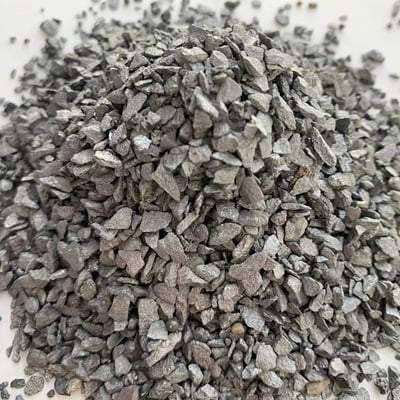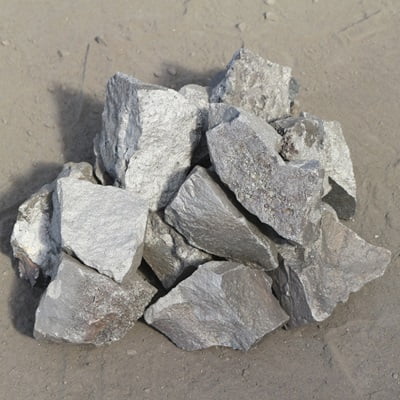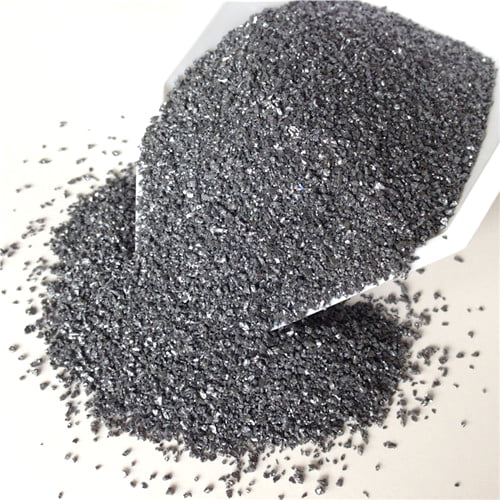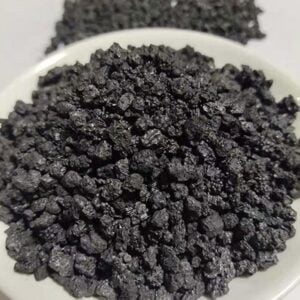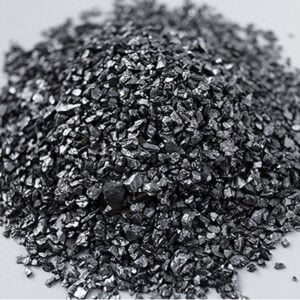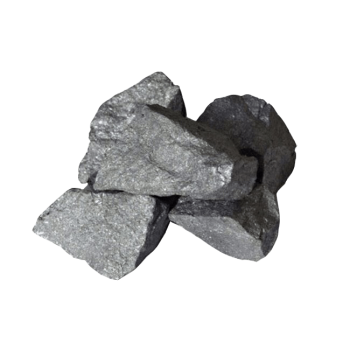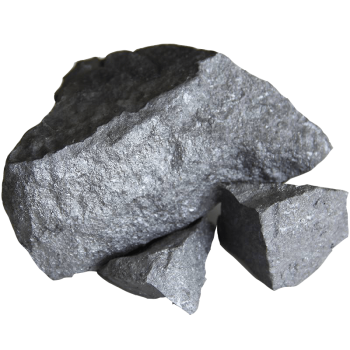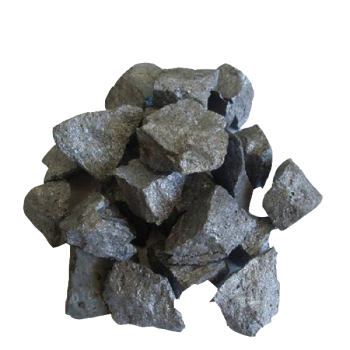Compared with cast iron, the form of carbon in cast steel is relatively simple. Except for a special “graphite steel”, it is basically precipitated in the form of carbide instead of graphite. Graphite steel is a hypereutectoid steel with a relatively high carbon content. After proper heat treatment, part of the contained carbon is precipitated in the form of graphite, so it has the properties of both cast steel and cast iron. Because the tissue contains free graphite, it is a wear-resistant structural material and has been used to manufacture crankshafts, stamping dies and other components. In the past 30 years, due to the progress of the production process and performance improvement of ductile iron and vermicular graphite iron, the application of graphite steel has been seldom. The carbide in the iron-carbon alloy is iron carbide (Fe3C), which is usually called “cementite ”, are interstitial compounds with complex crystal structures.
In addition to carbon, cast steel usually contains other alloying elements and unintentionally added elements. Therefore, in addition to Fe3C, steel will contain carbides of other elements due to different compositions; various composite carbides may also be formed .
In iron-carbon alloys, the solid solution of carbon in γ-iron is called austenite, and its solubility varies with temperature. At the eutectic temperature, the maximum solubility is 2.11%, and this carbon content is usually used as the boundary between cast iron and cast steel. Cast iron with a carbon content above 2.11%, and cast iron with a carbon content below this value steel. In fact, there are very few cast irons with low carbon content anywhere near this value, and few cast steels with high carbon content anywhere near this value. Free cementite can only be seen in the structure of hypereutectoid steel, and the steel castings usually used for manufacturing engineering and structure are hypoeutectoid steel, so there can be no free cementite in the structure of cast steel. secondary cementite.
An important task of the foundry worker is to ensure the properties of the steel by optimizing the chemical composition and using appropriate heat treatment processes to control the carbon form. The matrix structure containing carbon has the following three forms.
(1) When the pearlitic hypoeutectoid steel is cooled from the austenite zone, the proeutectoid ferrite is first precipitated from the austenite, and the carbon content in it increases accordingly, until the carbon content in the austenite is close to eutectoid After the composition is analyzed, eutectoid transformation occurs, and the pearlite structure is formed through the diffusion of iron atoms and carbon atoms. Under the condition of relatively uniform austenite composition, the pearlite obtained by cooling and decomposition is usually in the form of lamellar, which is composed of ferrite sheets and cementite sheets alternately. Through appropriate heat treatment, granular pearlite can also be obtained. Lamellar pearlite can be divided into three categories according to its lamellar spacing: the first category: slow cooling, coarse pearlite formed by transformation of austenite at a higher temperature (700-650°C), with an average lamellar spacing> 0.3μm, usually called pearlite. The second type: fast cooling, fine pearlite formed by the transformation of austenite at a lower temperature (650-600°C), the average lamellar spacing is between 0.1-0.3μm, and the flakes can only be distinguished under a high-power optical microscope layer, also known as sorbite. The third type: rapid cooling, austenite transforms at a lower temperature (600-550°C), and forms ultra-fine pearlite, with an average interlamellar spacing of <0.1um, and its lamellar cannot be distinguished even under a high-power optical microscope Layer, only with an electron microscope can observe the characteristics of its sheet, also known as Troostite (Troostite).
(2) When the martensitic austenitized steel is cooled to a low temperature at a fast rate, the diffusion of various elements is extremely difficult, so there is no local change in the chemical composition during the transformation process. Iron atoms do not diffuse, only iron lattice reconstruction occurs, and carbon atoms cannot be precipitated in the form of cementite through diffusion. As a result, a solid solution of carbon supersaturated in ferrite is formed, commonly known as martensite, whose main feature is high hardness.
(3) Bainite is a transitional structure between diffused pearlite and non-diffused martensite. When forming bainite, iron atoms do not diffuse, only lattice reorganization of iron occurs. Due to the slightly higher transformation temperature, carbon atoms have a certain ability to diffuse and form carbides to precipitate out. Bainite in steel can be divided into three types: upper bainite, lower bainite and granular bainite.
![]()

